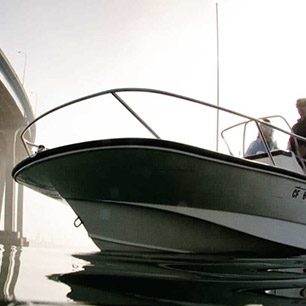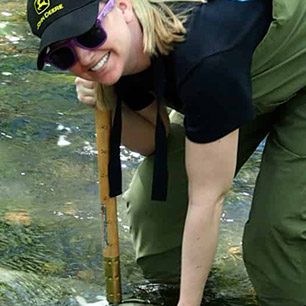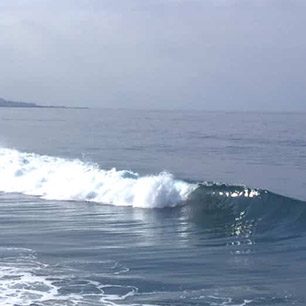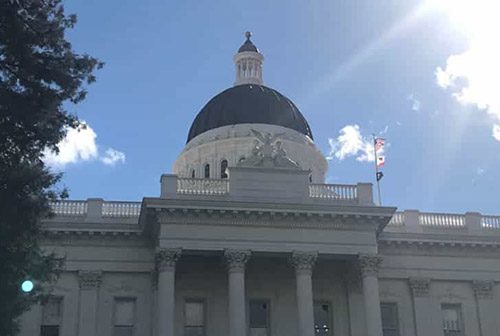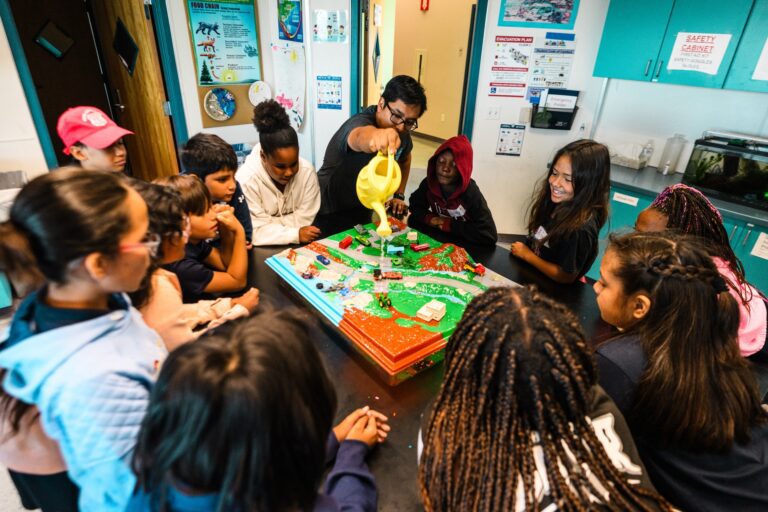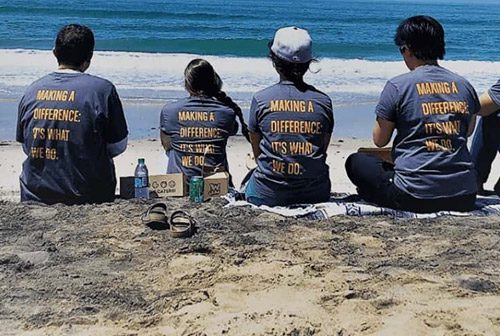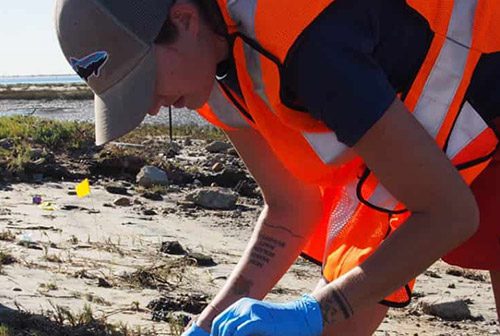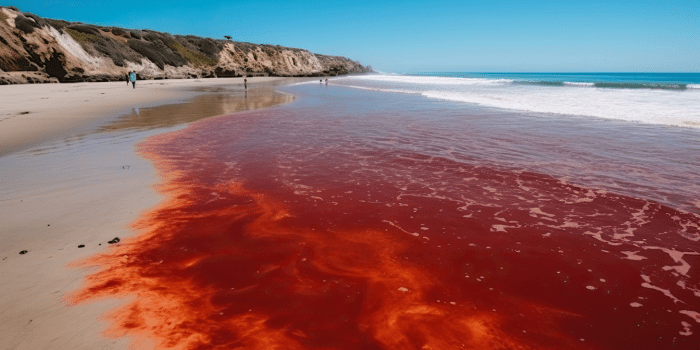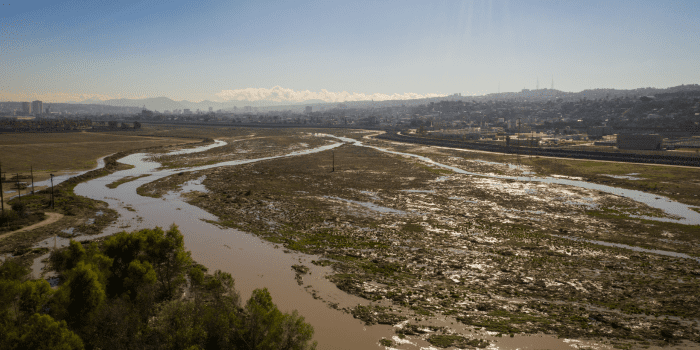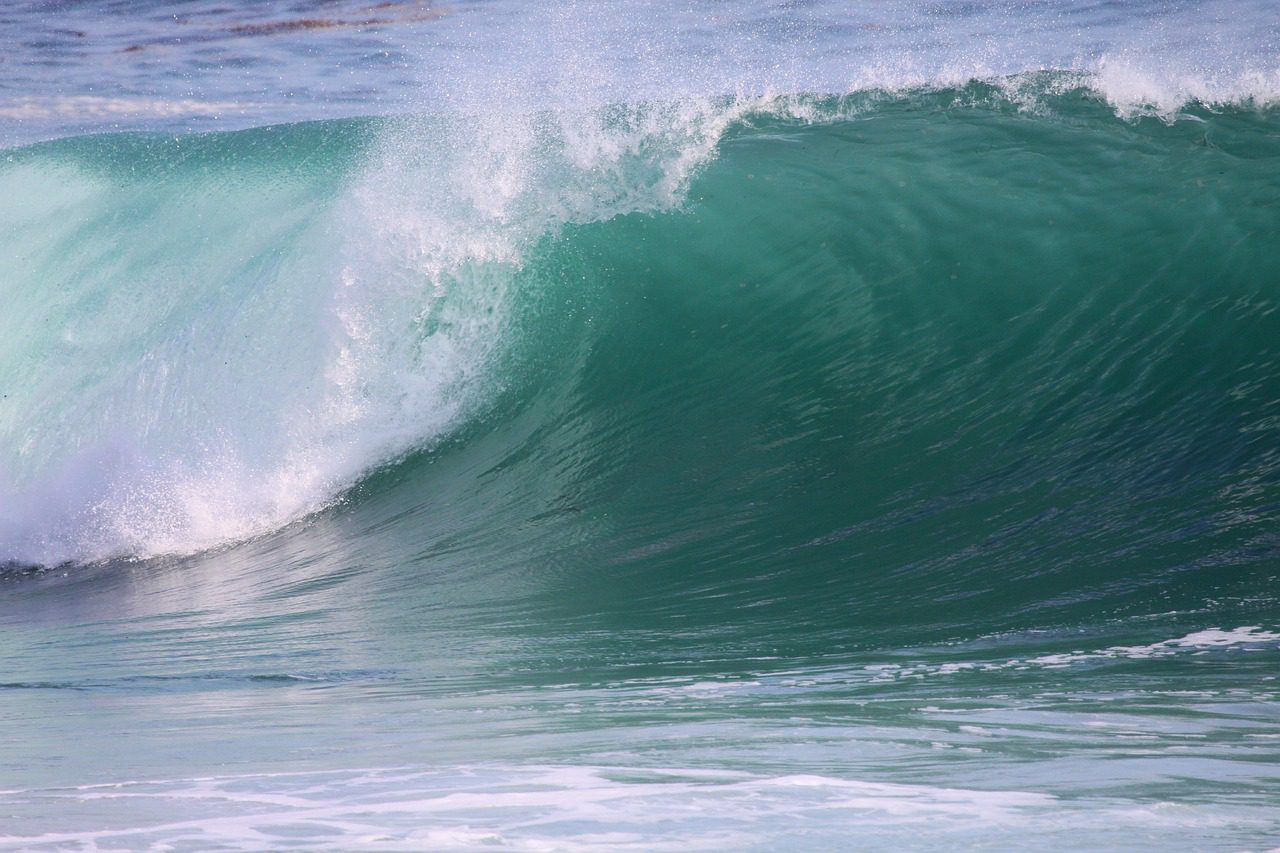San Diego recently hosted the California Ocean Protection Council (COPC), a committee we haven’t seen in this region since 2005. Governor Schwarzenegger created the COPC to regulate ocean health in California, and the commissioners represent the state’s leading elected and appointed officials. As the executive director of San Diego Coastkeeper, the county’s largest water quality non-profit, I was pleased to see the council include panels addressing both the desalination issue as well as the growing threats from marine trash.
The desalination discussion, which included a distinguished panel of experts, focused on understanding the role of desalination in California’s future water supply. It is no surprise that Coastkeeper takes issue with the Poseidon plant planned for Carlsbad, but I agree with several of the COPC experts who advocated for the desalination dialogue to take place as part of a holistic and cohesive discussion that will define our water supply goals, vision and strategy for a diversified portfolio. The issue is not a yes or no vote for desalination, rather a conversation regarding conservation and water reuse as our first steps and environmentally friendly desalination in appropriate locations as a last option.
It is important for San Diegans to explore these other options first because we can make major impacts by more efficiently using what we already have. For instance, after initial mandatory water use restrictions instituted in the City of San Diego in 2009, outside water use dropped by 13 percent. This helped the city save almost 11,000 acre-feet of water. The Carlsbad desalination facility is planned to produce 56,000 acre-feet of water per year. With minor restrictions in outdoor water use, we’ve already matched 1/5 of the plant’s output in conservation, without impacting a single fish or emitting any greenhouse gasses.
Did it impact your quality of life? My guess is that it did not.
The panel also discussed how technological advancements have helped desal improve during the last decade (though it is still among the most expensive, energy intensive and environmentally damaging alternatives). Panel experts expressed concerns that we have come to the end of an era with these improvements, which were simply “low-hanging fruit,” and we shouldn’t expect the desal process to continue improving. As one panelist said, “it just takes a certain amount of energy to push salt through membranes.” In fact, in Southern California, desalination is the only option that requires more energy usage than the current most energy intensive water supply, importing water into the area.


